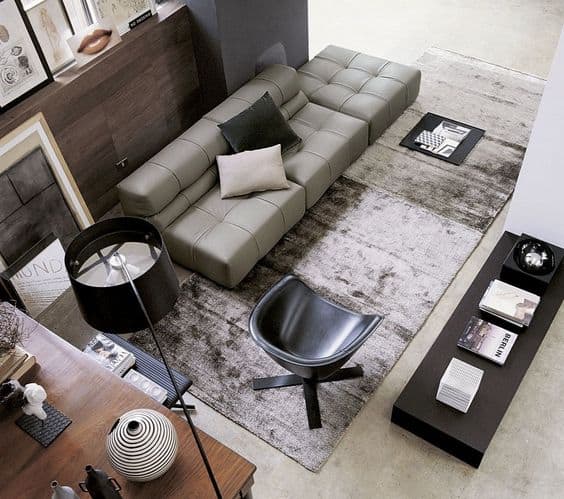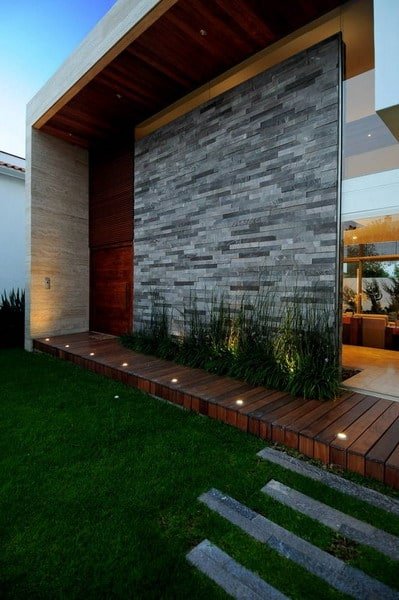Not only bathrooms need suitable flooring, but also the flooring for basements should meet the conditions. Which are the most suitable options and what else should be taken into account when choosing? Just read on to make the best possible decision for your wet rooms or basement rooms!
In order to optimize the available space around your apartment, it is important to find reliable flooring for basements or similar spaces. The high humidity and other influencing factors such as temperature can have a negative impact on the surfaces in such areas. Therefore, it would make sense to choose suitable materials depending on your budget and conditions. Additionally, kitchens, laundry rooms, storage rooms, and garden patios are also among the rooms that could be exposed to moisture conditions. But which types of floor coverings are suitable for this and which of them should you avoid? Here are some suggestions and useful information to help you.
Table of contents
What should you consider when choosing flooring for your basement?
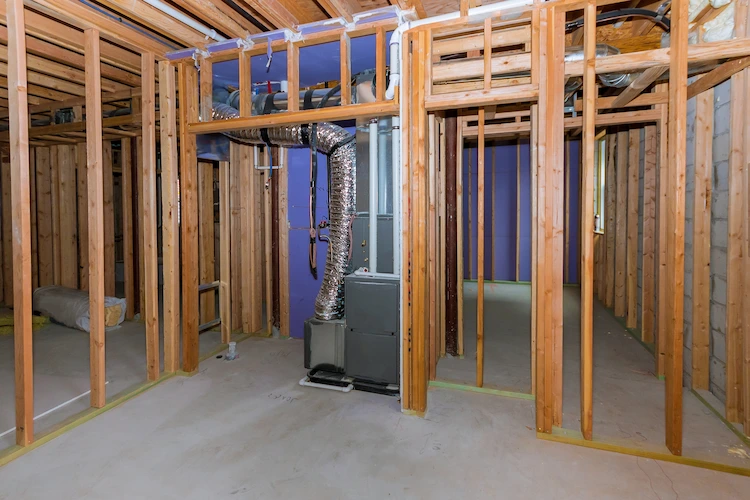
Compared to living spaces, dark wet rooms or basement rooms that are prone to moisture have unpleasant odors or mold. In areas close to or deep in the ground, flooding from rainfall or household appliances can also occur. This also applies to subfloors that appear dry but still release residual moisture, which can ruin unsuitable basement flooring. These are the main factors to consider when covering basement floors to prevent such problems. Depending on the function and use of the room in question, appropriate floor materials that are water-resistant are recommended.
Which floor coverings are suitable for moisture conditions?
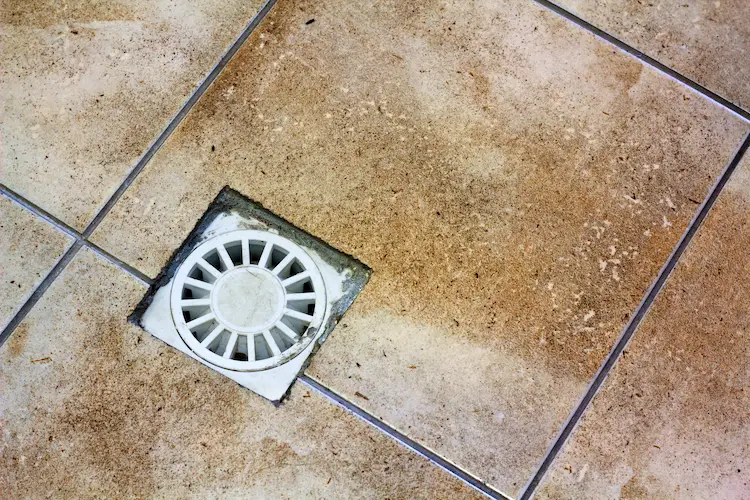
So, to ensure maximum protection against moisture problems, you should choose a basement or wet room flooring that belongs to the category of waterproof materials. Some of the best examples include vinyl flooring, granite or ceramic tiles, concrete, or short-pile carpeting that is suitable for dry rooms. Parquet, laminate or linoleum floors would also be attractive and reliable options depending on activities and needs. Below you can learn more about the characteristics of each option.
What would be suitable as basement flooring under general conditions?
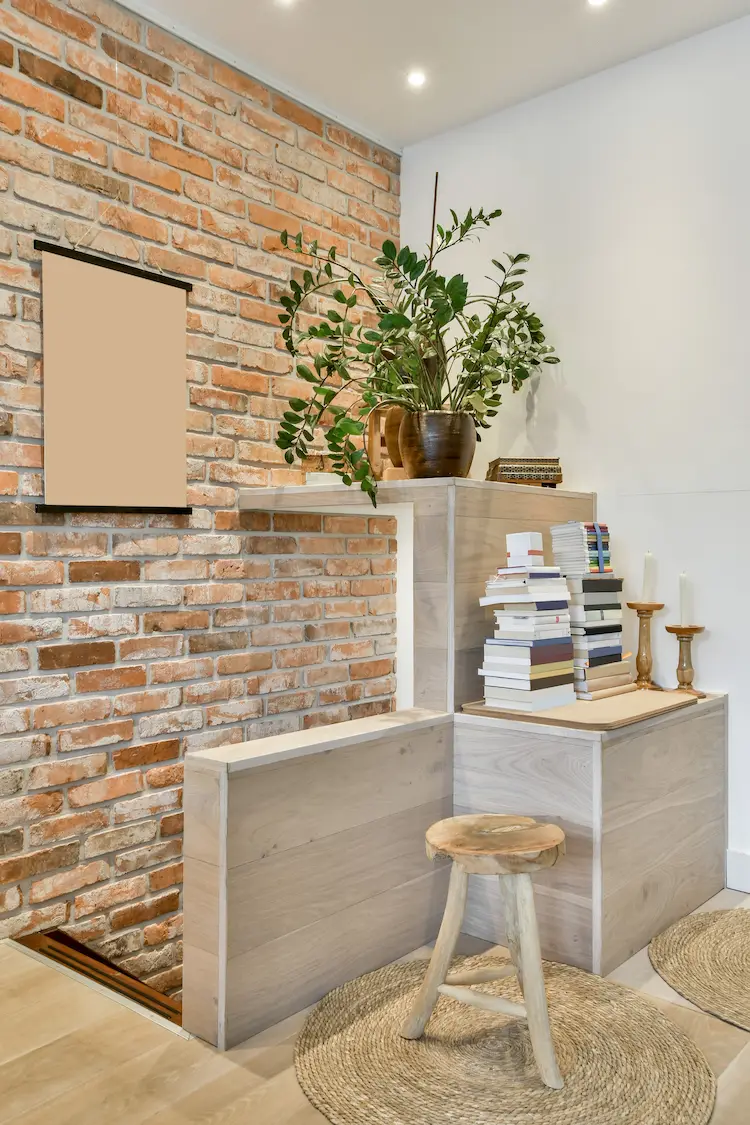
Both ceramic tiles and vinyl are almost 100% waterproof. Although there are tiny voids between individual vinyl sheets through which water could penetrate, vinyl flooring is considered the best flooring for basements or wet rooms after ceramic tiles. They therefore belong to the category of floor materials with moderate susceptibility to moisture. In addition, such floor surfaces are easy to clean even in the event of flooding or fungal infection, which meets the average requirements for basement floors. Another advantage of vinyl flooring is that you can lay it yourself and choose between numerous variants.
Why choose granite or ceramic tiles for the basement floor?
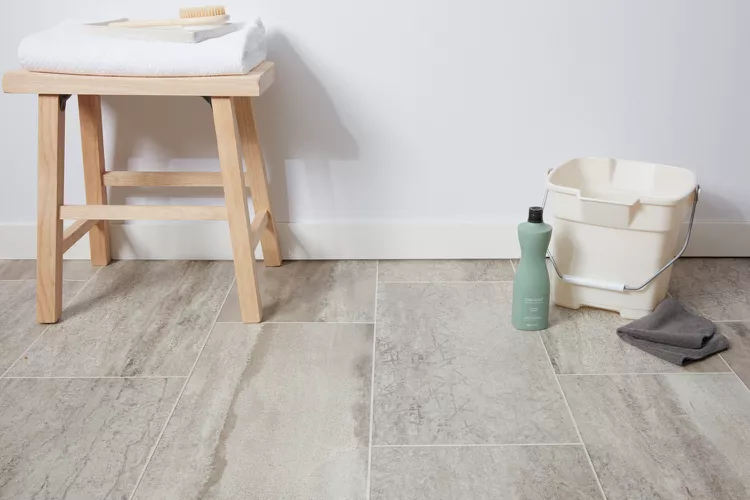
Granite tiles also offer reliable protection against moisture and can be installed in places with high humidity. These can be, for example, floors in bathrooms and on terraces, around the pool, as well as in the garden or yard. You can of course also choose a granite floor for habitable kitchens or living rooms. In addition, such a floor covering is also suitable for industrial and commercial spaces as it can withstand heavy traffic. Granite tiles are also advantageous because they have a low water absorption of less than 0.5%. So if you are looking for a moisture and wear-resistant floor covering for basements or around your home and garden, this would be one of the most suitable options.
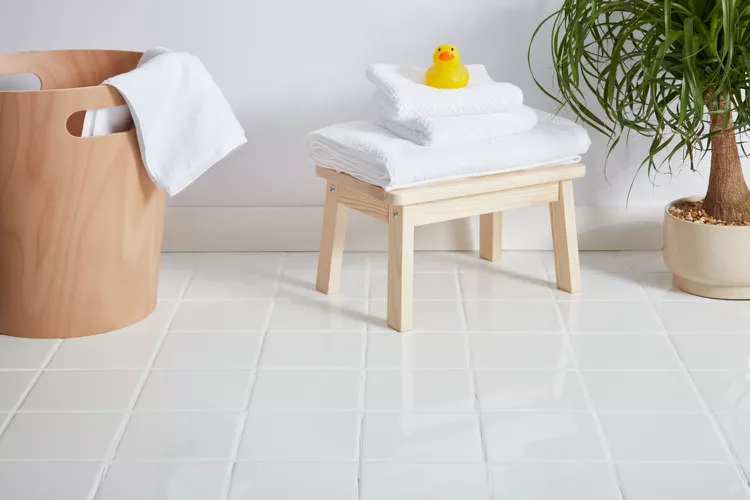
When it comes to ceramic tiles, like granite, they are extremely robust and durable. This flooring material is also suitable for any wet rooms and is available in a variety of colors, textures, designs and sizes. The only downside to ceramic tile and granite flooring or cladding when it comes to moisture is not the tiles themselves, but the joints between them. These are vulnerable to water penetration unless protected with a special waterproofing agent. If you use your basement as a guest bathroom, for example, a basement floor covering in the form of ceramic tiles would be more worthwhile. These are ideal for moderate to high humidity conditions.
Which flooring to choose for a basement with a yoga or fitness room?
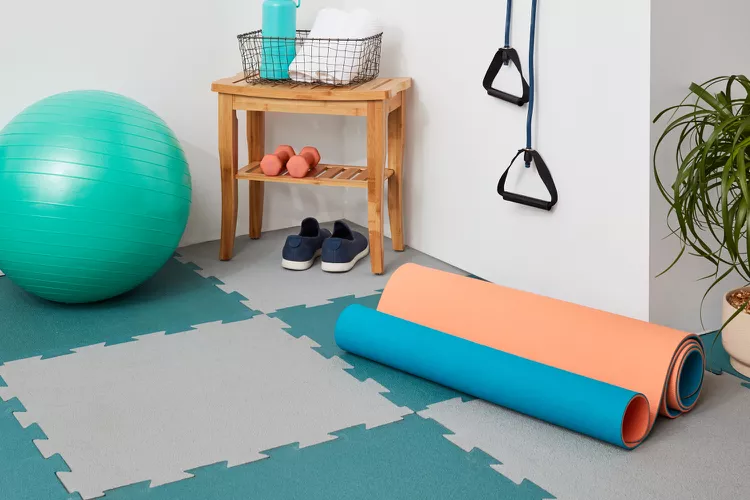
Stained concrete slabs, as well as linoleum or parquet flooring would be suitable options if your basement is exposed to less moisture. Properly sealed concrete is a modern, good-looking and, above all, waterproof flooring for basements or various types of wet rooms. Although this material is mostly found outdoors, it is also suitable for indoor use in residential buildings.
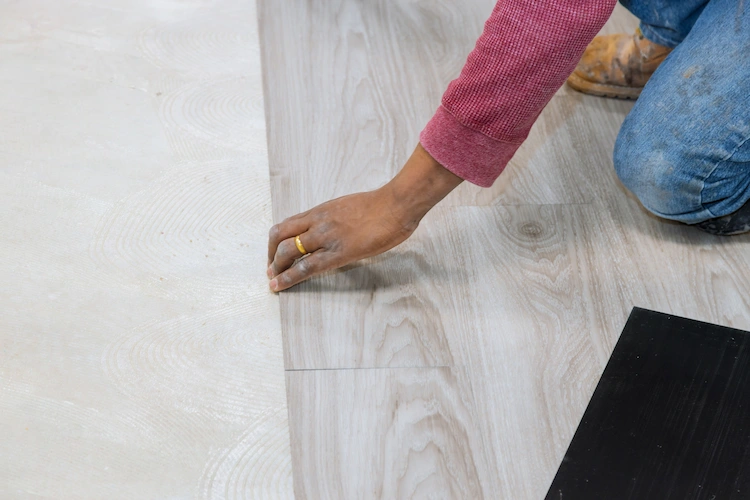
In addition, there are floor coverings in this category that are not 100% waterproof, but can still withstand moisture as the top layer is usually waterproof. This allows water to remain on the surface for a short period of time without causing damage at depth. A floor covering for a basement with a fitness or exercise room would, for example, be three-layer parquet, laminate, linoleum and bamboo. Alternatively, you can also opt for rubber flooring or similar mats.
What types of flooring materials should you avoid in basements?
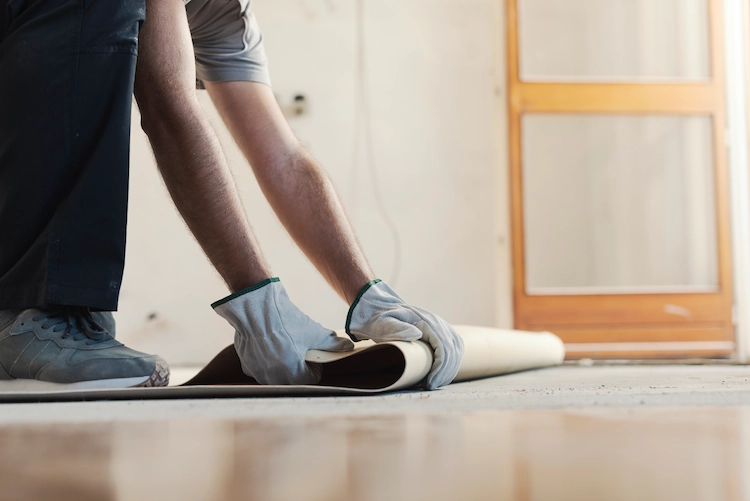
Of course, there are also floor coverings that are not suitable for wet rooms and should not be installed there. Some examples of this include natural wood flooring and carpeting, unless your basement is in a dry area. These are not moisture resistant and also create conditions for the development of mold and mildew when in contact with water. However, since most basements are susceptible to this, flooding or even just condensation on walls would be risk factors to consider. Therefore, try to avoid solid wood basement flooring. Some alternatives to this would be plywood-based or engineered wood flooring materials, which are far more dimensionally stable than hardwood.
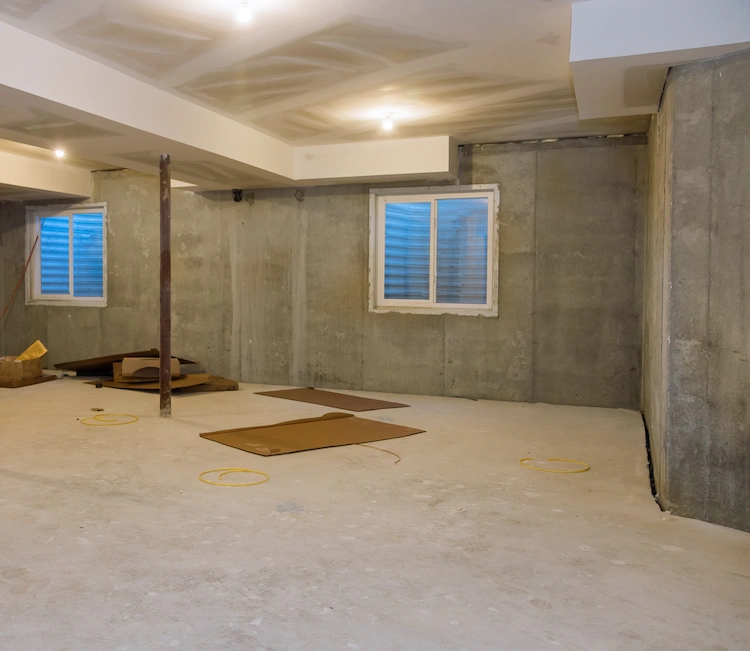
All in all, there is no perfect basement flooring and you need to make the right decision for you depending on your situation or needs. When doing this, consider moisture as the main factor so that you can prevent future complications. You can also measure soil moisture by placing a clear plastic sheet on the subfloor and waiting a few days. If condensation then forms on the inside of the slab, then you should choose the appropriate flooring for basements. If you have recently laid concrete floors, please note that they will initially release moisture until they have hardened.

